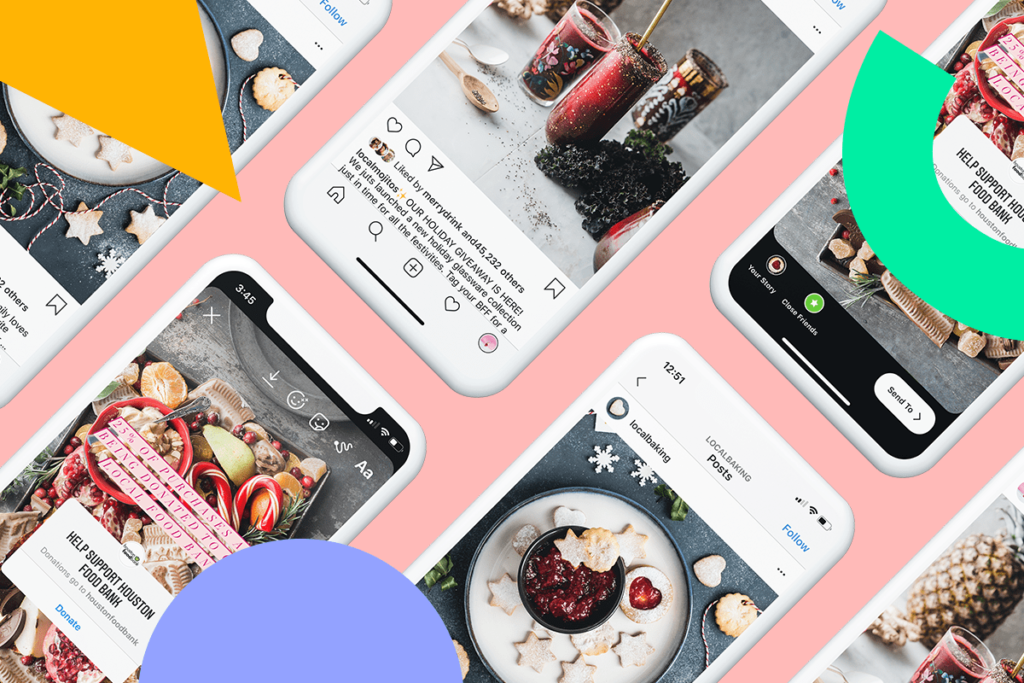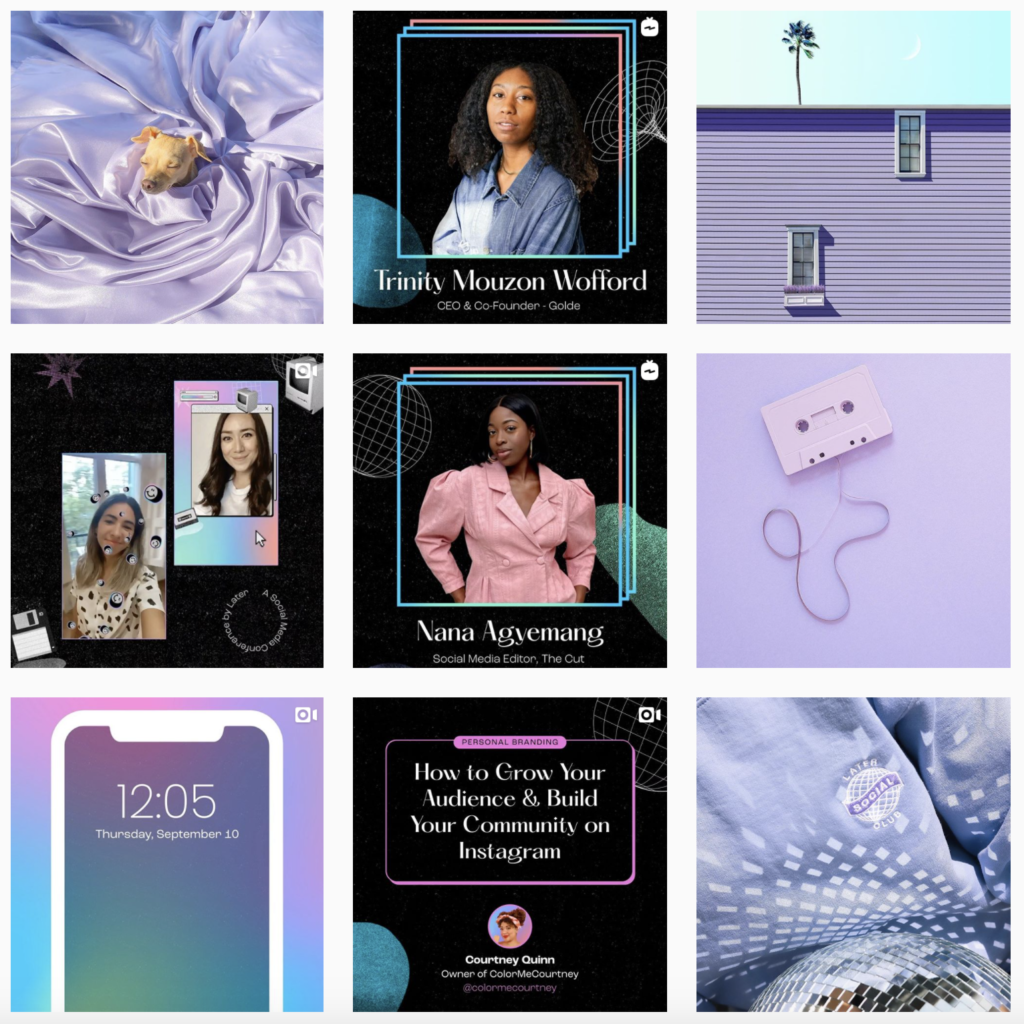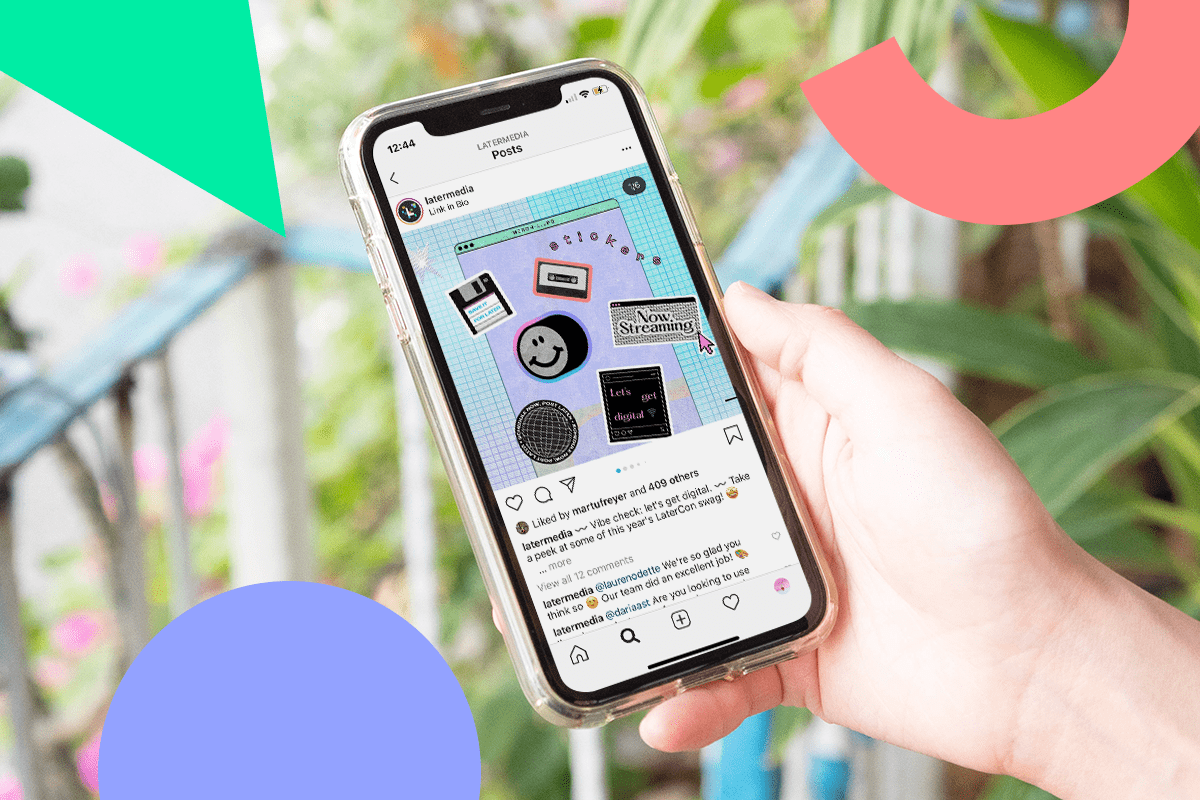Social media has become a powerful platform for businesses to connect with their target audience, build brand awareness, and drive engagement. However, creating successful social media campaigns requires more than just posting content. Design plays a crucial role in capturing attention, conveying messages effectively, and fostering meaningful connections with the audience. In this article, we will explore the role of design in creating successful social media campaigns and provide key insights and best practices to help you optimize your designs for maximum impact.
I. Visual Appeal and Brand Consistency
a. Eye-Catching Graphics: In the fast-paced world of social media, it is crucial to create graphics that immediately capture the attention of your audience. Utilize bold colors, striking imagery, and creative design elements to stand out from the crowd and entice viewers to engage with your content.
b. Consistent Branding Elements: Maintaining brand consistency across all social media designs is essential for building brand recognition and establishing a cohesive visual identity. Incorporate your logo, colors, typography, and other branding elements consistently to create a unified and recognizable brand presence.

c. Engaging Visual Composition: Pay attention to the composition of your social media designs, ensuring that they are visually appealing and well-balanced. Use principles of design such as symmetry, balance, and hierarchy to guide the viewer’s eye and create a pleasing visual experience.
II. Message Clarity and Readability
a. Concise Copy: With limited space available on social media platforms, it is important to craft concise and impactful copy that effectively communicates your message. Use attention-grabbing headlines, clear and concise captions, and compelling calls-to-action to capture the viewer’s interest and encourage further engagement.
b. Readability Optimization: Make sure your designs are easily readable across different devices and screen sizes. Choose legible fonts, appropriate font sizes, and consider the use of color contrasts to enhance readability and ensure that your message is easily understood.

c. Visual Hierarchy: Establish a clear visual hierarchy in your designs to guide the viewer’s attention and prioritize the most important information. Use size, color, and typography to create a hierarchy that directs the viewer’s focus and ensures that key messages are effectively communicated.
III. Visual Storytelling
a. Storytelling through Imagery: Harness the power of visual storytelling to create a strong emotional connection with your audience. Use captivating imagery, illustrations, or infographics to tell a story that aligns with your brand values and resonates with your target audience.
b. Narratives and Captions: Complement your visual elements with compelling narratives and captions that enhance the storytelling experience. Craft concise and engaging copy that adds depth and context to the visuals, guiding the viewer through your brand’s story and reinforcing key messages.

c. Emotional Appeal: Tap into the emotions of your audience by evoking feelings such as joy, inspiration, or nostalgia. Use visuals and copy that evoke an emotional response, creating a memorable and impactful experience that leaves a lasting impression.
IV. Interactive Elements
a. Polls and Surveys: Incorporate interactive elements such as polls, surveys, or quizzes into your social media designs to encourage audience participation. This not only boosts engagement but also provides valuable insights into your audience’s preferences, opinions, and behaviors.
b. User-Generated Content: Encourage your audience to actively contribute to your brand’s content by creating and sharing user-generated content. This can include photos, videos, testimonials, or reviews that showcase their experiences with your brand. User-generated content fosters a sense of community, authenticity, and social proof, strengthening the relationship between your brand and its followers.
By focusing on visual appeal, maintaining brand consistency, ensuring message clarity and readability, harnessing the power of visual storytelling, and incorporating interactive elements, you can create social media designs that effectively captivate your audience, communicate your brand’s message, and foster meaningful engagement.
In conclusion, design plays a crucial role in creating successful social media campaigns. By focusing on visual appeal, brand consistency, message clarity, readability, visual storytelling, and interactive elements, you can create designs that effectively engage and resonate with your target audience. Remember to monitor and analyze the performance of your designs to make data-driven improvements and optimize your social media campaigns for maximum impact.
Key Takeaways:
- Design visually appealing graphics that capture attention.
- Incorporate consistent branding elements into your social media designs.
- Craft concise and compelling copy that communicates your message clearly.
- Use imagery and videos for visual storytelling and emotional connection.
- Include interactive elements to boost engagement and gather insights.
Contact us today to discuss how we can help you design successful social media campaigns that effectively connect with your audience and achieve your business objectives.

Leave a Reply